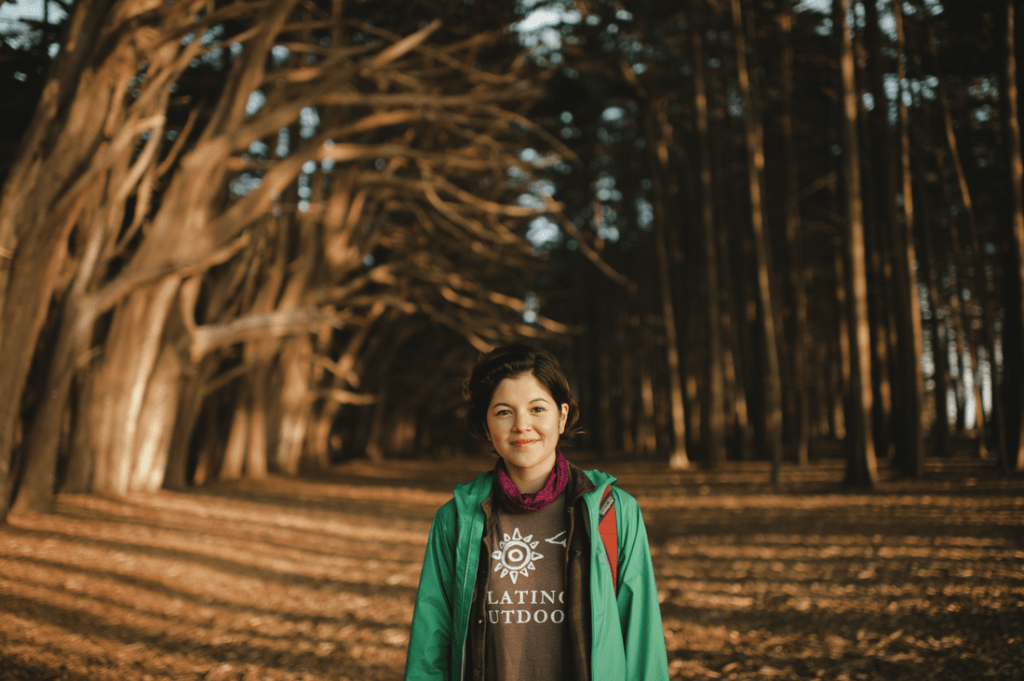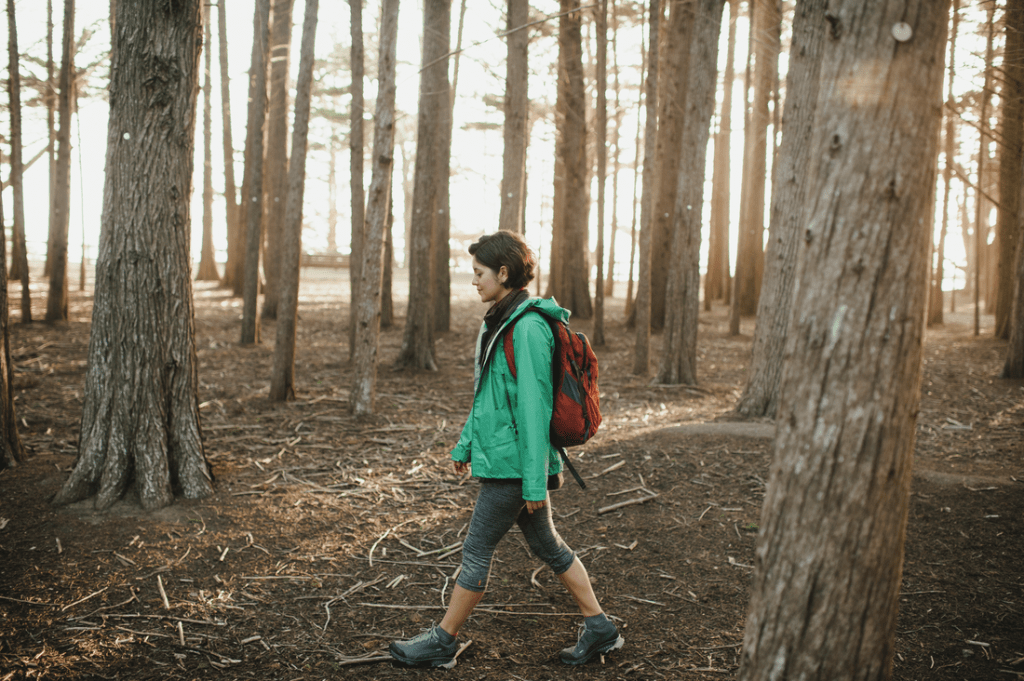In my family, road trips didn’t typically include stops in places like Sedona, Arizona. In 2009, when my brother, Carlos, and I planned our cross-country trip from Tampa, Florida, to Los Angeles, where he would be moving, we knew we’d visit typical tourist spots like the New Orleans French Quarter, the Alamo or Vegas. But a stop where all we’d do was hike for two days and then leave? This would be a first.
Of course, like many families in the U.S., we enjoyed visiting famous natural places: We saw Niagara Falls, we walked a few hours on a mostly flat part of the Appalachian Trail, and we even rented a cabin once near the Smoky Mountains. But we never took a stereotypically “outdoorsy” vacation—allotting days on a road trip for a strenuous hike.
As kids, Carlos and I had adopted this message early: hiking was “a white people thing.”
By the time Carlos and I planned this trip, I was a senior in college and the only member of my family who had spent a lot of time hiking or adventuring outdoors. I went on my first backpacking trip sophomore year through a university outdoor leadership training program. When I studied abroad in South Africa my junior year, I experienced more of what outdoor culture looked like.

The only concern? Most of the outdoorsy people I’d meet were white. In South Africa and at my own university, I knew I wouldn’t meet people of color by joining the outdoors club. And if I wanted to explore nature, I often had to accept the discomfort of being the only person of color around. Most of the time, I felt obligated to choose: Either I would have an outdoorsy community or a culturally familiar one.
When we began our cross-country trip, I still struggled with that divide. But, having heard great things about the landscape in Sedona, Carlos and I ultimately decided to give the town a try, and hike together for the first time.
We had no “gear.” We both wore sneakers, and hoodies tied around our waists. We brought along only a water bottle and the park map. We were the only Latinos on the trail.
As we weaved through the desert terrain, my brother slowly started listing out loud what he was noticing: “We’re getting exercise. We have nice scenery. We can chat along the way … this is kinda cool.” It seemed like all kinds of things were finally clicking.
When we paused to take a break, Carlos stopped and stared at the landscape, the tall, thin spires of red rock sprawled across the valley. For a moment, we soaked in the silence. Then, he looked over at me and said, “You know what, Amanda? I like this shit.”

He said it like a liberating confession. Like admitting to something you never thought you were allowed to love.
A year earlier, during a rock climbing trip in South Africa, I shared a similar experience. I was lying on the grass near my campsite, staring at a star-filled night sky unlike anything I had ever seen.
“They were not exaggerating,” I thought to myself, “This really is beautiful.”
I’m glad Carlos and I eventually had these epiphanies about the outdoors. But I wish we had not needed them in the first place. I wish I had not grown up assuming hiking was a “white people thing” and instead innately considered it a part of my life and my culture. And, I wish I had known a community of people—who came from the countries my family came from—and showed me it was OK to love outdoor culture as much as I do.
A few years ago, when I moved to Oakland, California, I finally found that community with Latino Outdoors. According to its mission, the organization works to “bring cultura into the outdoor narrative,” “connect familias and youth with nature” and “empower communities to explore and share their stories in defining the Latino Outdoors identity.” That October, I attended a Latino Outdoors leadership campout in Redwood Regional Park. Most things were typical: We hiked, we made a fire, people wore REI jackets and buffs. But for the first time on a camping trip, I spoke Spanish and English. We cooked carne asada for dinner. Around the campfire, we discussed the politics of identifying as a “chola.” For the first time, my Latino community and my outdoorsy community were not separate things. For the first time, the outdoors felt just like home.
Through this community, I have realized my preconceived notions about the outdoors were unfairly limiting. In reality, Indigenous people throughout the world spend far more time engaging with and learning from the outdoors than others. As Stacy Sarvar, a Filipina hiker I met through Hikers of Color Facebook group, reminded me, “There’s a reason why you bring a Sherpa as a guide when you’re hiking in Nepal. They’re much better at it than we are.” As a Latina living in the U.S, I also often forget that much of the natural areas in our country was previously a part of Mexico, and Indigenous land. As Gabe Vasquez, a former New Mexico coordinator for Latino Outdoors and founder of the outdoor recreation group Nuestra Tierra says, “When Latinos look up at the sky and the mountains, it’s not just deserts and mountains. It’s years of your history and your culture that you’re looking at.”
In my own family, things are changing. These days, whenever I visit Carlos in Los Angeles, the first thing we do is hike at Griffith Park or Runyon Canyon. When my family visited me one recent Thanksgiving in Oakland, we hiked to the top of Angel Island, and I showed them Redwood Regional Park. I am beginning to share more of these moments with them in nature, instead of searching outside my community to find them. I hope more people from my community can experience those moments too. Turns out, when given the chance, we like this. It feels great to finally admit it.
